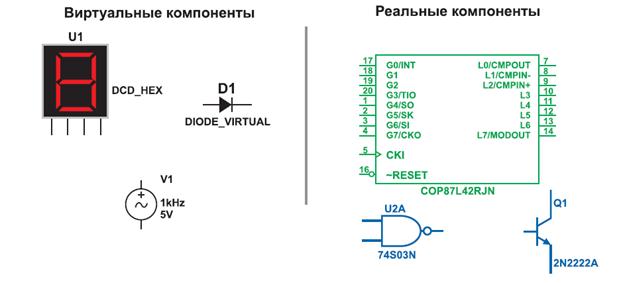The Postproduction Phase
Filmmakers call the assembly phase postproduction. Yet this phase doesn’t begin simply after shooting is finished. Postproduction staff members work behind the scenes throughout shooting. Before the shooting has begun, the director or producer has probably hired an editor (also known as the supervising editor). This person catalogues and assembles the takes produced during shooting. The editor also works with the director to make creative decisions about how the footage can best be cut together. Because each shot usually exists in several takes, and because the master-shot/ coverage approach yields so much footage, postproduction often takes five to seven months. Sometimes several editors and assistants will be brought in. Typically, the editor receives the processed footage from the laboratory. This footage is known as the dailies, or the rushes. The editor inspects the dailies, leaving it to the assistant editor to synchronize image and sound and to sort the takes by scene. The editor will meet with the director to examine the dailies. From the dailies the director selects the best takes and the editor records the choices. To save money, dailies are often shown to the producer and director on video. As the footage accumulates, the editor assembles it into a rough cut – the shots loosely strung in sequence, without sound effects or music. From the rough cut the editor, in consultation with the director, builds toward a fine cut or final cut. The unused shots constitute the outtakes. While the final cut is being prepared, a second unit may be shooting inserts, footage to fill in at certain places. These are typically long shots of cities or airports, or lose-ups of objects. At this point titles will be prepared and further laboratory work or special-effects work may be done. All commercial films are edited electronically. The dailies are transferred to a videotape, then to laserdisc or to a hard drive. The editor enters notes on each take directly into a computer database. Such electronic editing systems are usually known as nonlinear systems. The editor can call up any shot, paste it alongside any other shots, trim it, or junk it. Some systems allow special effects and music to be tried out as well. Although nonlinear systems have greatly speeded up the process of cutting, the editor usually asks for a work print of key scenes in order to check for colour, details, and pacing. Once the shots are arranged in something approaching final form, the sound editor takes charge of building up the sound track. The director, the composer, the picture editor, and the sound editor view the film and agree upon where music and effects will be placed, a process known as spotting. The sound editor may have a staff whose members specialize in mixing dialogue, music, or sound effects. Surprisingly little of the sound recorded during filming winds up in the finished movie. Often half or more of the dialogue is rerecorded in postproduction, using a process known as automated dialogue replacement (ADR for short). ADR usually yields better quality than location sound. With the on-set recording serving as a guide track, the sound editorrecords actors in the studio speaking their lines (called dubbing or looping). Nonsynchronized dialogue such as the babble of a crowd (known in Hollywood as “walla”) will be added by ADR as well. Similarly, very few of the noises we hear in a film were recorded during filming. A sound editor adds sound effects, drawing on the library of stock sounds or creating particular effects for this film. Sound editors routinely manufacture footsteps, cars crashing, pistol shots, a fist thudding into flesh (often produced by whacking a watermelon with an axe). In Terminator 2 the sound of the T-1000 cyborg passing through cell bars is that of dog food sliding slowly out of a can. I like picture editing, sound editing relies on computer technology. The editor can store recorded sound in a database, classifying and rearranging them.
c) According to the text give definitions of the following words:
d) What professions are involved in the editing process? What do they do?
|




